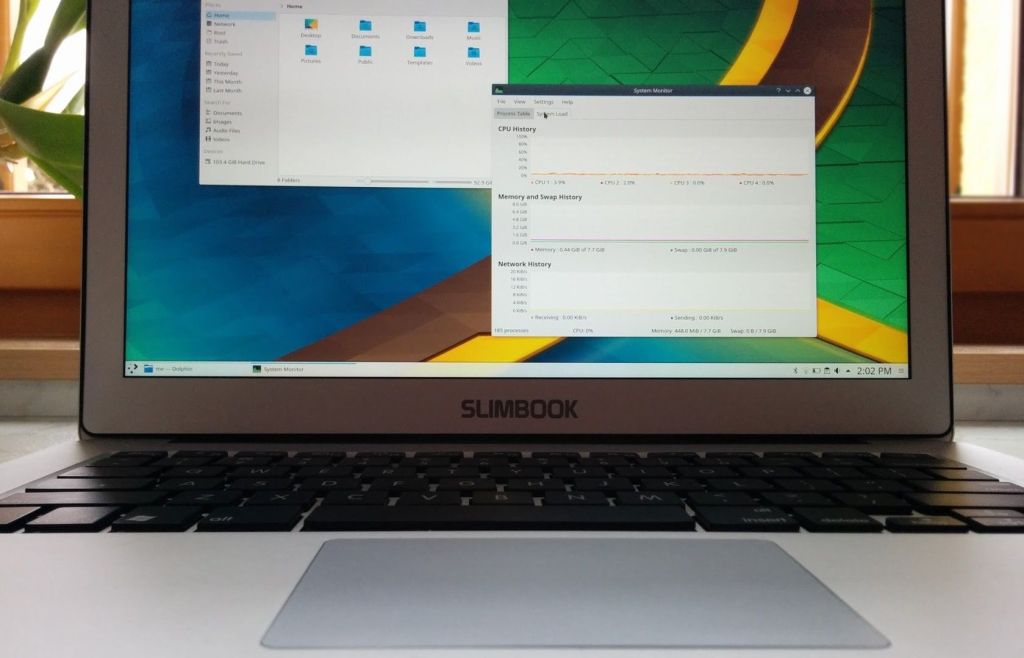KDE Slimbook
A Linux laptop
The world has three major personal computing platforms: Microsoft Windows, macOS and Linux kernel-based. Though there is no reliable way to know the exact usage share of each of these operating systems, there are estimates. A recent stack overflow web developer survey says that usage among English speakers is broken down as follows: Microsoft Windows […]
